There Is Another Way: Self-Directed Education & Neurodiversity, by Dr Naomi Fisher
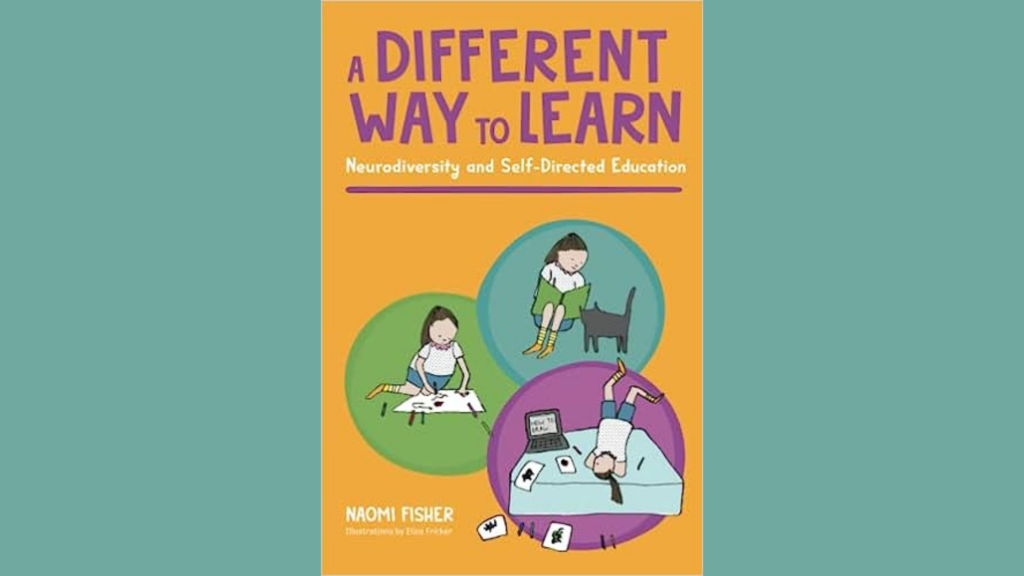
In this blog (which was first published by JKP), Naomi Fisher, a clinical psychologist with a PhD in autism, writes about the benefits of self-directed education, from children continuing to explore intense interests to a lack of comparison and judgment, allowing children to develop at their own pace. Her new book, A Different Way to Learn: Neurodiversity and Self-Directed Education will show you the way to keep children’s passion for learning alive with a self-directed approach…
I talk to a lot of families of children who are unhappy at school. Many of these children are autistic or neurodivergent in other ways. ‘We couldn’t home educate’ parents say. ‘I can’t even get her to do her homework’.
It’s one of education’s best kept secrets that school is not the only way for children to learn. Most of us went to school, and there we learnt how important school is. Even if we didn’t like it. Even if we didn’t think we learnt very much. We send our children to school in turn, because we don’t think there’s another option.
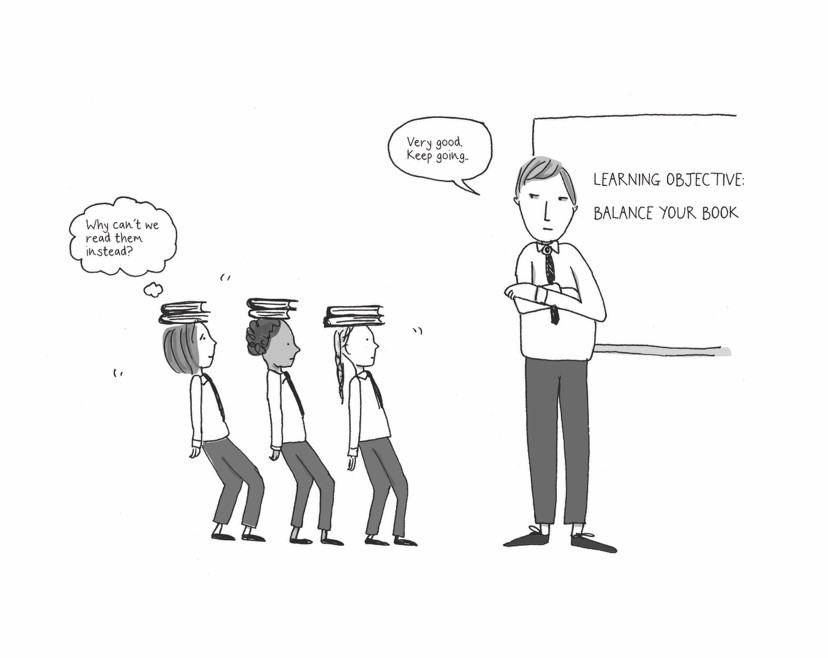
published by Jessica Kingsley Publishers
There is another way – and it’s one which all of us are familiar, because it’s how our youngest children learn. It’s self-directed learning. Preschool children learn without formal instruction. They explore the world around them and interrogate their parents. They develop intense interests in dinosaurs and diggers, or washing machines and space. Their parents adapt to their interests, and soon find themselves taking regular trips to visit the building site down the road with their impressive collection of toy JCBs.
This continues in early education. Good nurseries are self-directed learning environments. Children can make choices about what they do, in an interesting and varied environment with adults to offer help and support.
Then children go to school and everything changes. They are told that what the school wants them to learn is more important than what they want to learn. Formal instruction is prioritised over other forms of learning. Children are compared against each other. For some of them, this transition spells the end of their love of learning. For neurodivergent children, whose development may be quite out of sync with their peers, this can mean that they learn that they are not good enough or that there is something wrong with them.
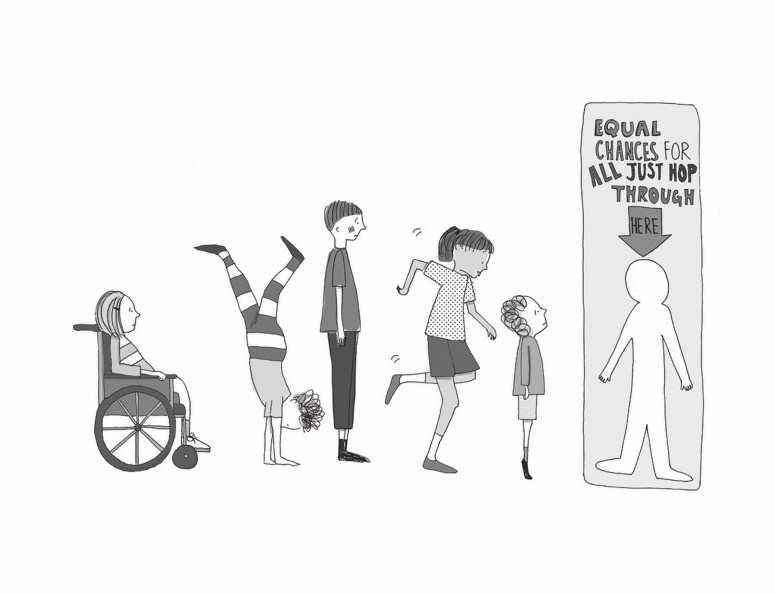
published by Jessica Kingsley Publishers
Self-directed education doesn’t do this. It simply carries on with the principles of early years. Parents or educators help children to follow their interests, providing opportunities and expanding their horizons – but the child retains the ability to say no. In self-directed education, children can decide what they learn and how they learn it – and they can say when they have had enough.
This makes self-directed education ideally suited to those whose development is quite different to the average. Children are not compared against each other. They are never considered to be ‘behind’. If they want to spend years playing, they can do that. If they don’t learn to read until they are 10, that’s fine. No one is going to shame them for it.
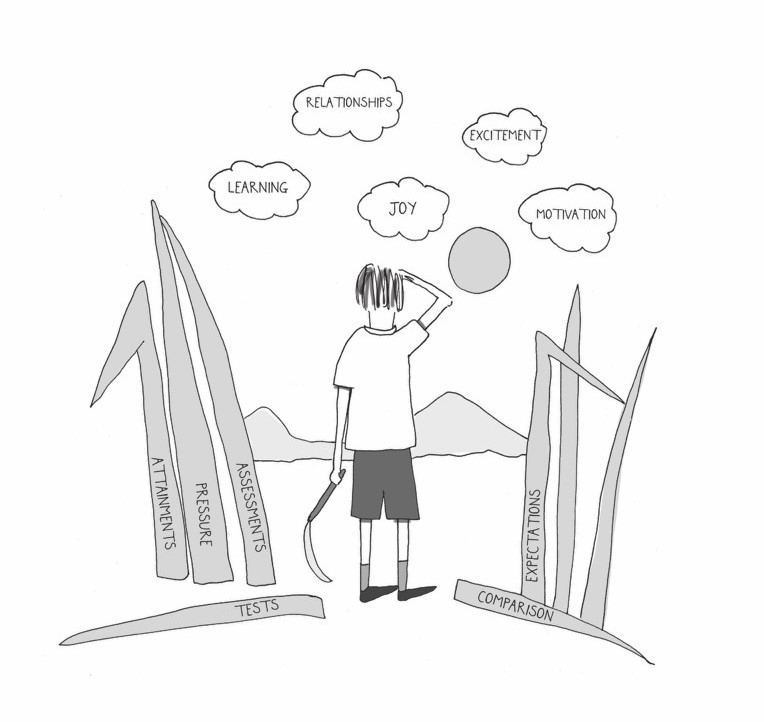
published by Jessica Kingsley Publishers
It is so different to school that it can be hard to believe that it works – and that’s why I wrote my book. I interviewed many families of self-directed neurodivergent young people and you’ll hear directly from them throughout the book. There are stories of young people who attended school, and those who have never attended school. There are stories of school experiences from autistic adults. There are stories of young children and those of teenagers. I talked to neurodivergent parents as well as children.
With all these families, I heard one theme again and again. They started by meeting their children where they were. They stopped trying to persuade them to sit still, or join a class, or complete worksheets. Instead, they helped their children do more of what made them come alive, whether that was trampolining, making slime or video games. They embraced their child for who they were, right then.
That’s what I wanted to show in this book. If school doesn’t work for your child, it’s easy to feel trapped. You think there is no other option besides pushing them through, even when it’s clear they aren’t happy or learning. You don’t think you have a choice.
Self-directed education isn’t untested or particularly new. There is research which shows that it works, and there are schools which run on these principles which have been open for over a hundred years. Yet most people have no idea that it exists, even when their children desperately need something different to school. They can’t imagine just how different education can be.
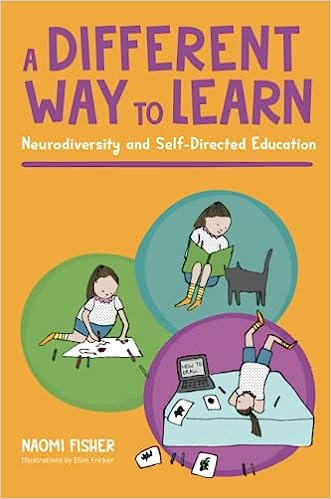
That’s why I wrote this book. It’s as a window into the (often hidden) world of self-directed education. It will show you how neurodivergent children learn when they are empowered to make choices, and how relieving them from the pressure of school can help them thrive.
Come and take a look.
A Different Way to Learn by Naomi Fisher is now available to order.
Follow Naomi Fisher
You can follow Dr Fisher on Facebook, Instagram and Twitter.
Find Out More
You can read more about the benefits of self-directed education (SDE) here. SDE learning communities which are built upon the principals of autonomy and children’s rights are becoming more and more common-place – click here to find out more about SDE learning communities.
Join Us
If this article has resonated with you, you might like to join our growing community of parents/carers, educators, psychologists, academics, education innovators and changemakers in our Progressive Education Group on Facebook.

